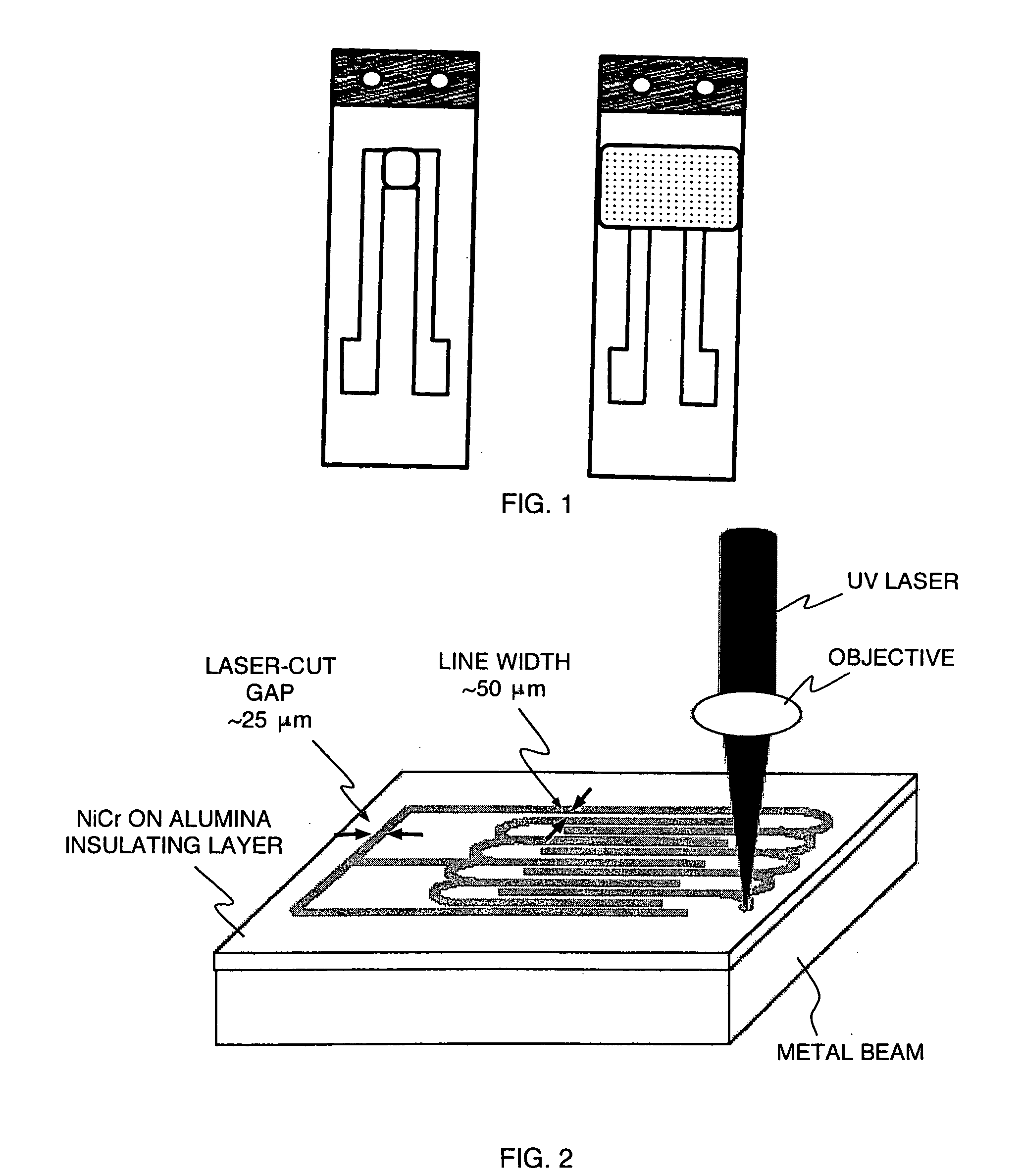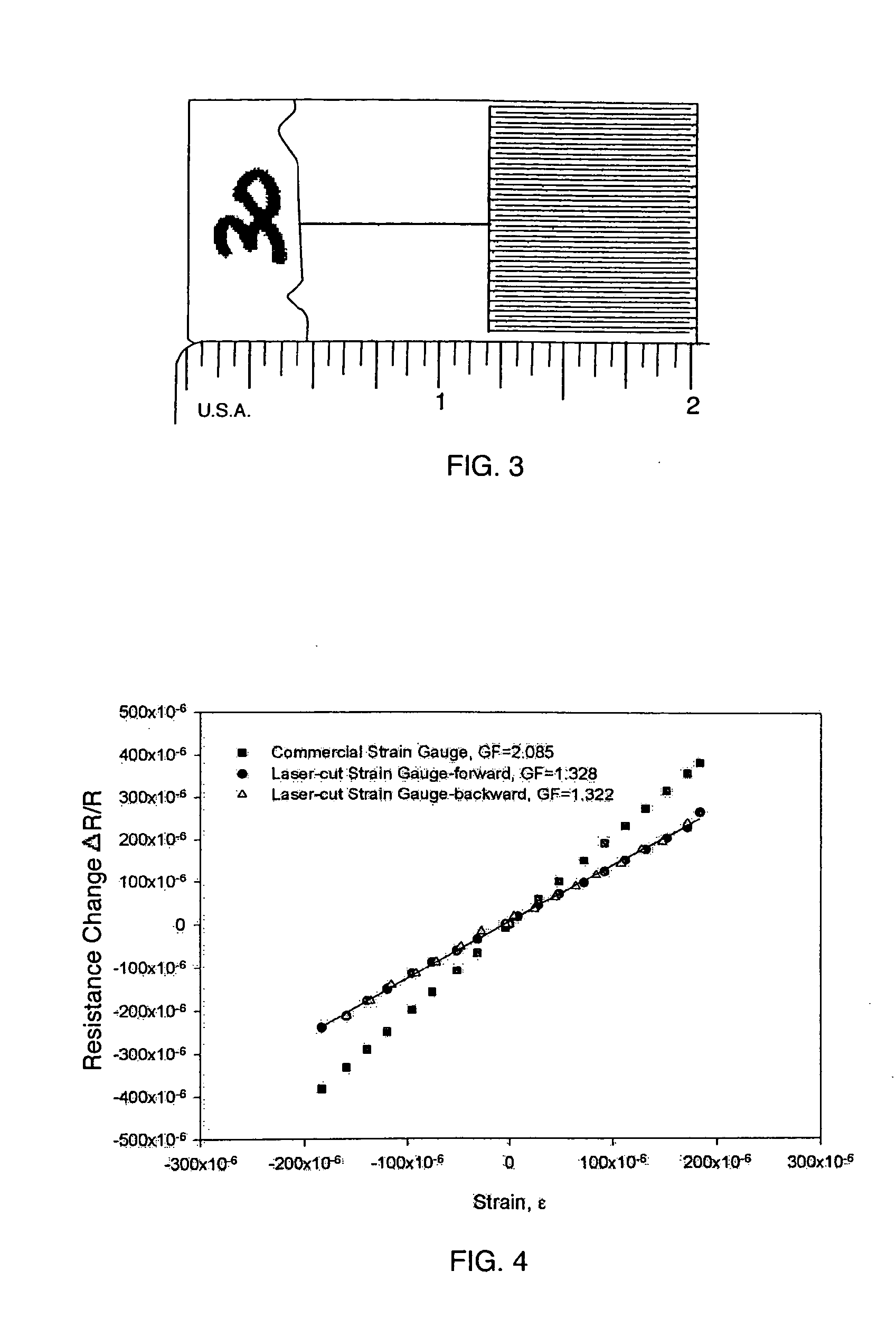System and method for manufacturing embedded conformal electronics
a conformal electronics and conformal technology, applied in thermoelectric device manufacturing/treatment, conductive material removal by irradiation, instruments, etc., can solve the problems of affecting component operation, difficult installation, and high cost of such systems, and achieve the effect of enhancing power production
- Summary
- Abstract
- Description
- Claims
- Application Information
AI Technical Summary
Benefits of technology
Problems solved by technology
Method used
Image
Examples
Embodiment Construction
[0038] Direct write electronics technologies provide an opportunity to integrate mesoscopic electronic devices with the physical structure on which the electronic systems will be used, eliminating the need for a traditional printed circuit board. The ability to print electronic features on flexible and conformal substrates enables unique applications for deployable electronics, such as placing electronics in projectiles, for flexible satellite solar arrays, usage in rolled-up forms that can be inserted into symmetric or odd shapes, installed on military gear, as well as various surveillance equipment. This can save space and reduce weight through 3-D integration. It can provide a dramatic cost savings by eliminating the majority of passive components in automated fabrication, while minimizing procurement. It can reduce inventories of electronic components or parts, enable the building of specialty parts on the “fly” without mass production set-up costs, and increase the reliability ...
PUM
| Property | Measurement | Unit |
|---|---|---|
| sizes | aaaaa | aaaaa |
| width | aaaaa | aaaaa |
| wavelength | aaaaa | aaaaa |
Abstract
Description
Claims
Application Information
 Login to View More
Login to View More - R&D
- Intellectual Property
- Life Sciences
- Materials
- Tech Scout
- Unparalleled Data Quality
- Higher Quality Content
- 60% Fewer Hallucinations
Browse by: Latest US Patents, China's latest patents, Technical Efficacy Thesaurus, Application Domain, Technology Topic, Popular Technical Reports.
© 2025 PatSnap. All rights reserved.Legal|Privacy policy|Modern Slavery Act Transparency Statement|Sitemap|About US| Contact US: help@patsnap.com



